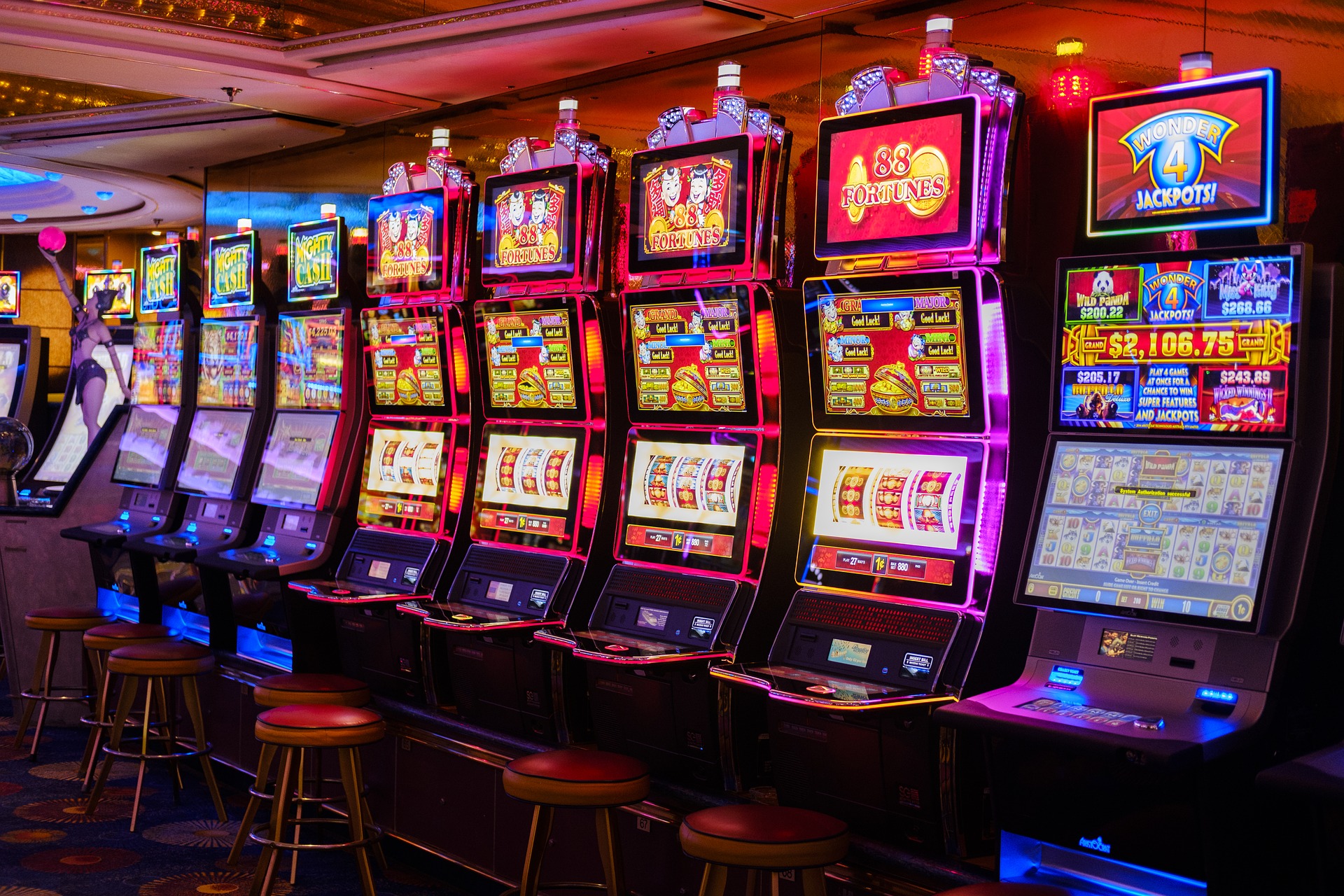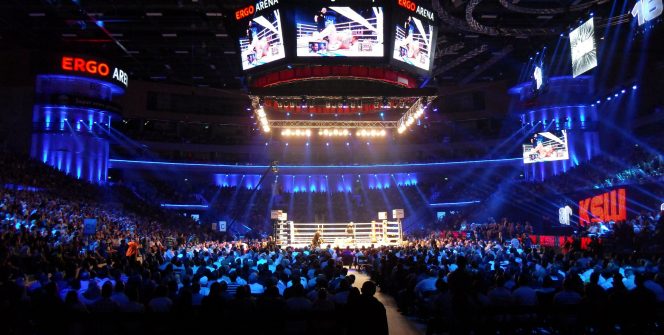In theory, the TV ratings for World Wrestling Entertainment’s flagship shows should have increased exponentially this year. When almost every other sport (or ‘sport,’ in the case of pro wrestling) temporarily suspended activities in the face of an unprecedented global problem, WWE kept on going. It didn’t miss a single episode of WWE RAW on Monday nights or WWE SmackDown on Fridays and kept up with its Wednesday night programming in the shape of WWE NXT, too. It even managed to stage its annual WrestleMania event behind closed doors at its Florida-based Performance Center. With so little live sports competition from elsewhere – other than rival company All Elite Wrestling – the company should have picked up viewers who would otherwise have been watching basketball, football, or other sports. That didn’t happen.
WWE’s ratings actually went down rather than up over the spring and summer months. As other sports began to return one at a time, ratings went down further. They’ve been in steep decline for some time now, and last week they hit a record low. WWE RAW, the show the company constantly (and wrongly) touts as the ‘longest-running episodic television show in the world,’ attracted only 1.53 million viewers on December 14th. Twenty years ago, it regularly attracted between six and seven million. It was averaging between three and four as recently as three years ago. There’s been a sudden and dramatic collapse in viewership, and insiders say it’s likely to result in a ‘reactionary’ response from long-serving chairman and owner Vince McMahon.
The even worse news for WWE is that AEW’s flagship show Dynamite, which airs opposite WWE NXT on Wednesday nights, attracted more viewers in the advertiser-friendly 18-49 demographic last week than RAW did. A year ago, that would have been unthinkable. WWE doesn’t believe that any other American pro wrestling company is on their level, and yet a promotion with less than two years’ experience has started to attract more viewers in the demographic that advertisers pay the most money to reach than its flagship show. It was bad enough that Dynamite has beaten WWE NXT in the ratings consistently for almost all of the past twelve months. The fact it’s now infringing on RAW’s territory will be intolerable to McMahon and the rest of WWE’s top brass.
The question of how WWE came to sink so low is a complicated one with a long and difficult answer, but in the eyes of most fans, it comes down to poor creative decisions and a stale roster at the main event level. While the company currently has the largest and most talented roster of wrestlers in its history, McMahon has been reluctant to promote new stars at the expense of people who’ve worked for him for years. That’s why the Undertaker, at the age of 55, was only allowed to retire a month ago. That’s why Bill Goldberg, also in his 50s, is expected to return for a WrestleMania 2021 showdown with Roman Reigns. Prior to that, he spent more than ten years rarely allowing anyone to beat John Cena, and when Cena left to pursue a Hollywood career, the company hadn’t built up anybody to replace him. Wrestlers in the middle of the card – who are often the favorites of fans on the internet – appear to be underused or poorly handled. Wrestlers on the top stay there so long that fans get bored of them.

WWE and Vince McMahon have been battling against falling ratings all year, and so far, nothing they’ve tried has worked. Wrestlers were allowed to flip between RAW and SmackDown via ‘Wildcards’ or ‘Brand invitationals’ for a while, but that didn’t move any metrics. They experimented with pausing wrestling between commercial breaks, but that made the format seem strange and disjointed. An MMA-inspired segment of the show called “RAW Underground” barely lasted two months before being abandoned. Worse still, they spent months building up an anarchist faction called Retribution only to have them lose their first televised match and then treat them like an afterthought. As he attempts to respond to this latest setback, McMahon is battling not only against a stale product – he’s also battling against a fanbase who have been taught to expect any new changes or attempts to make new stars to be short-lived because history tells us he’ll get bored of trying almost immediately.
The best way for McMahon to try to win viewers back would be to do what he did when WCW started crushing him in the ratings in the 1990s, which was gamble. He went outside his comfort zone, dropped the corny humor, stopped trying to market to kids and families, and made his product edgy by bringing in the fabled “Attitude Era.” The problem with that is that McMahon only did that out of necessity and doesn’t appear to be much of a gambler. He’s not the sort of person who we’d expect to spend much time logged into online slots websites. In fact, the company was supposed to launch a range of branded online slots themed around stars of its past and present during 2020, but that hasn’t happened for unknown reasons. That doesn’t bode well. If things are so bad that the company can’t even get a potentially lucrative set of online slots off the ground when the door is open to them, its chances of winning bigger gambles appear to be slim.
In the meantime, AEW is strengthening. It’s just signed iconic 1980s and 1990s wrestler Sting to a long-term contract. It’s also entered into a cross-promotional relationship with Impact Wrestling, which saw Impact attract its highest television viewing figured for years. McMahon isn’t now fighting one company now – he’s fighting two. More importantly than that, though, he’s fighting the fatigue of an audience who are bored with waiting for new stars to appear or compelling television to be produced. The question is whether he still has the capacity to change and evolve his product in the way that it needs to be changed to win people back to it. At the age of 75, that might be the greatest challenge of his career.

Leave a Reply